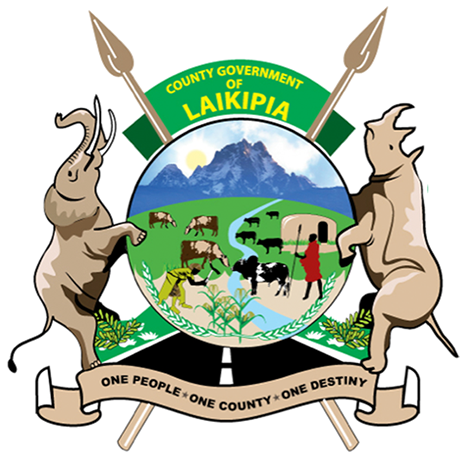Facilitating Farming To Become Profitable Business
The County Government of Laikipia has consistently maintained a good progress in fulfilling the promises made to the people during the 2017 elections.
Governor Ndiritu Muriithis election manifesto was anchored on 12 pillars that included:
- Proper Governance and Accountability
- Job creation: 30,000 Jobs
- Farming Becomes a profitable business
- Access to clean and Reliable water
- Access to Quality and Affordable Health Care
- Employable youths and Entrepreneurship
- Opportunities and Talent Development for young people.
- Protection of Life and Property
- Light-up of homes and Markets
- Upgrade of roads and Building bridges
- Develop Smart and Green Towns and
- Destination Laikipia
In our second installment of From Political promises to action we are focusing on Pillar number 3.
Farming Becomes a profitable Business
In efforts directed at realizing profitable farming ventures, the government has reached 32,802 farmers through extension services. There is a farm inputs subsidy program in place, promotion of high value fruit trees, promotion of fruit tree nurseries and soil testing.
Extension officers have also been training farmers on best farming practice and the type of crops that can do well in particular areas.
Through the three-year period, the County Government has supplied 27,500 of high value fruit seedlings to farmers(avocados, mangos and citrus). The seedlings are meant to produce better and high-quality products. The expected outcome is income per ward, Ksh. 8.6 million in 5 years which will improve quality of life. Ninety people in every ward have benefited from these seedlings.
Olmoran, Muwarak and Kimanju livestock markets have been modernized over the last three years. Kimanju, Doldol, Olmoran and Rumuruti markets have been linked to the National Livestock Marketing Information System(NLMIS).
By the end of last year, the Government had vaccinated 375, 222 domestic animals against varios diseases. At least 52, 713 animals have been vaccinated against rabies and other zoonotic diseases by end of last year.
Kinamba and Mutanga now have new warehouses each for storing grains for the farmers, while the Sipili one has been upgraded.
The Government had excavated water pans to 187 households by the end of last year and have been able to establish kitchen gardens leading to increased production of different a variety of vegetables.
To facilitate sustainable management and development of fishery resources and products for accelerated soci-economic development, the government provided pond liners, fingerlings and rehabilitation of Rumuruti fish farm.
The County has been exporting breeding beef animals from commercial ranches to the neighbouring countries of Uganda and Tanzania since 2017. The number has been increasing.
The County Government has also constructed hides and skins bandas in Igwamiti which will be used for curing hides and skins as a value addition process. The beneficiaries will be hides and skins traders, butchers, individual farmers and youths who will be employed.
This will increase the value of hides and skins since the butchers will not sell raw hides/skins but will preserve and sell at a better price.
The Government has also introduced the livestock identification and traceability system (LITS). The system helps in tracking individual animal to the owner with Radio Frequency Identification RFID ear tags, creates a database of livestock population.
With the LITS system it is easy to gather details of the animal, owner, premises, treatment and vaccination history, livestock movement, and help the Government officers manage quarantines.
It is also through this system that livestock farmers access credit and livestock insurance facilities. The government has helped in curbing illegal livestock movement within and across the County. It has also facilitated in control of trans-boundary and trade sensitive livestock diseases.
This will improve the quality and the safety of food of animal origin, link the producers and traders to create a reliable high end market for livestock products.
(Source: CGL E-Newsletter Issue 0044).
